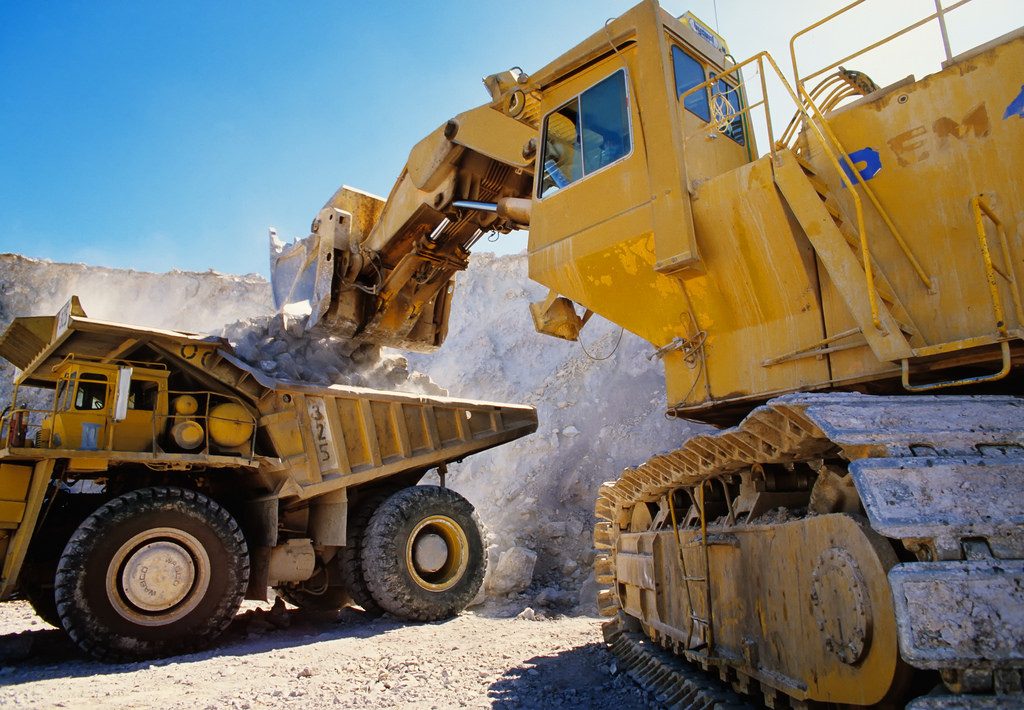If your business relies on heavy machinery to get the job done, then you have to make sure that it’s always ready to perform when needed. You can’t afford to have your machinery breakdown on you during a job, so keeping up with maintenance and knowing when it’s time to get a new piece of equipment is very important.
But what should you do when it’s time replace machinery? There are a few options available to you to keep your fleet of equipment up to date: you can buy, you can rent or you can lease. Each option has it’s pros and cons, depending on what your needs are, so here’s an easy guide to help you decide how to replace old or worn-out heavy equipment.

The first and probably the most important — thing you need to do when you’re ready to find new machinery is to determine exactly what you and your businesses needs are and go from there. If you don’t know what your needs are, then there’s a good chance that you may make the wrong decision, costing your business time and money.
First, take account of your cash flow and the overall financial health of your business. Some of the options for getting new machinery may be right but cost more than the others, so you need to know how much money you can comfortably put down up front and how much you can spend over the next few years.
Once you know how much money is available, then you can look at your construction needs: are most of your jobs short-term or long-term? Do you usually have one or two jobs at a time or are you constantly booked? Answers to these questions will help you determine the real needs that you will have for the new machinery.
Buying Machinery
There are several great advantages to buying new machinery outright: you have immediate ownership so you may use the equipment however you see fit, and you can also start to claim the depreciation and interest on your taxes, which can help offset some of the costs.
Buying new machinery can also give you peace of mind when it comes to longevity: the chances of needing major repairs or maintenance in the short term is very low when compared to buying used. But, again, you need to make sure that those benefits are worth the upfront cost of a down payment and the terms of the loan.
The best part about buying new is the flexibility. You can wait to find the exact piece of equipment, with all of the bells and whistles that you want. For instance, if you need a new trailer, you can contact custom trailer manufacturers and have them specifically design something for your needs.
Renting Machinery
Renting your machinery is another thing you can do to replace old equipment. This is an especially smart move if there are machines that you need for short-term jobs, so you can hold on to it long enough to finish but not be stuck with after the job is completed.
The biggest downfall to renting is that you may have to rent the same piece of equipment over and over again if you keep landing jobs that call for it. In the long run, this will cost you more than if you bought it outright. On the plus side, however, you won’t have to worry about maintenance and repairs. Renting also gives you a chance to try out a piece of machinery, giving you an idea as to whether or not you should buy it in the future.
Leasing Machinery
Leasing is a combination of owning and renting: you choose a piece of equipment, you pay monthly installments on it, but you get to trade it in or re-sign at the end of the lease terms. This gives you a lot of flexibility.
The best part about leasing is that it helps you keep up with technology. Any new bells and whistles that you like will be available in newer machines that you can lease at the end of the first agreement. The downside of leasing is that you will be responsible for maintenance and if you break any part of the lease, you will lose the equipment and still have to pay the full terms of the agreement.
These are the three main ways of replacing heavy machinery. Which one’s right for you?

